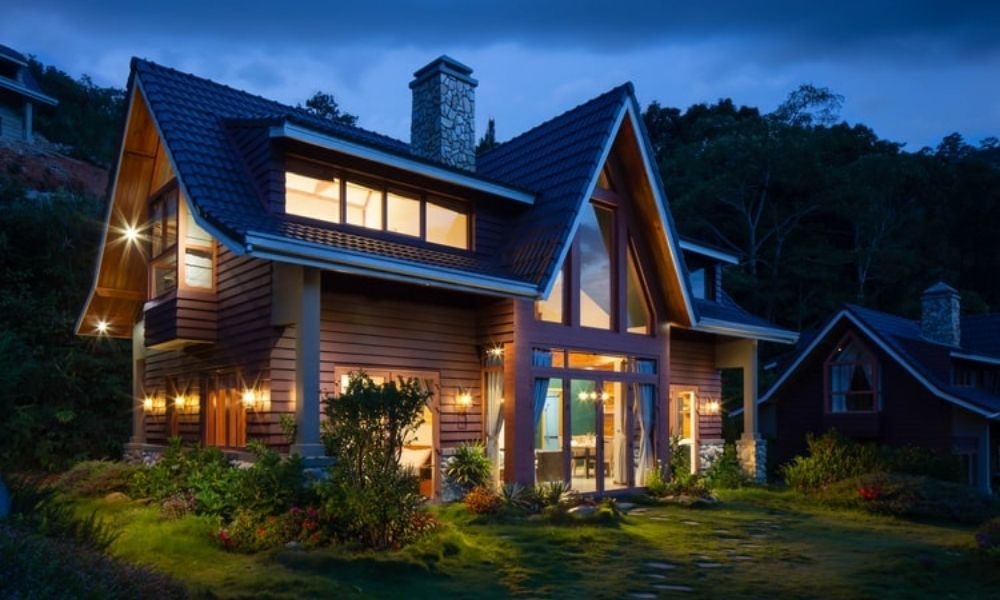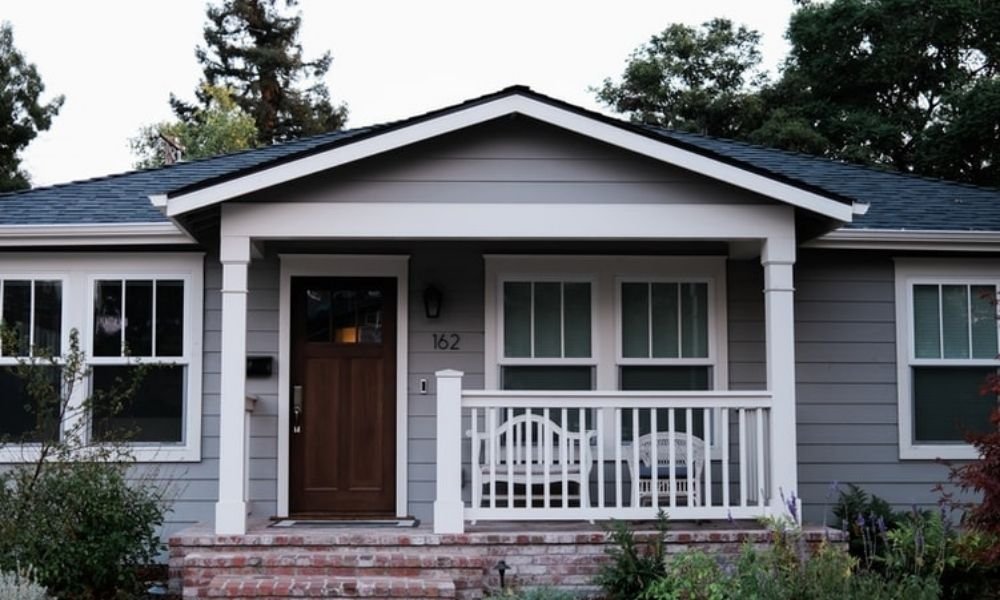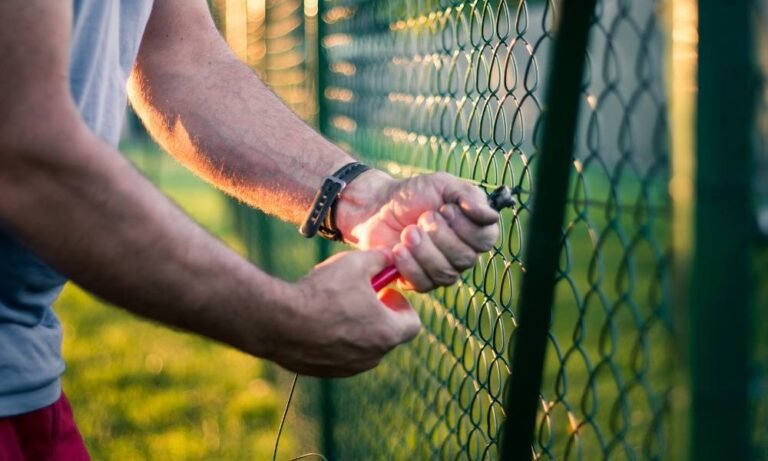Estimated reading time: 5 minutes
Many homeowners love the look of wood siding for their dwellings. It has timeless appeal and comes in several different profiles to suit varied architectural tastes. However, there are many drawbacks to using traditional wood.
Thankfully, tech has advanced, and you can now use engineered wood to clad your home. But what is it exactly? How does it differ? Well, learn everything there is to know about this material below!
How Is Engineered Wood Siding Created?
Engineered wood siding is created by mixing wood pieces with resin or binding together large planks of lumber using high heat levels. Some composites are made up of two different materials, usually, low-density wood and an added high-density material such as hardwood.
They can be manufactured in lengths to make long planks with tongue and groove edges for easy installation. Panels are sold either refinished (the refinished option means you won’t need to paint it) or unfinished, so you get to choose your final coat. The three types of engineered wood include:
- Composite wood siding
- Manufactured wood
- Synthetic wood siding
How Long Does It Last?
Typically, companies that offer engineered wood siding provide a 35-year warranty backed by 25-year corrosion protection. This warranty should give you an idea of how durable the material is. You can expect your engineered wood to last about 20-30 years, on par with fiber cement and other popular siding types.
Engineered Wood Siding vs. Traditional Wood Siding
Natural wood is known to be aesthetically pleasing but expensive to maintain. This is where engineered wood siding shines since it’s a good choice for homeowners who want to avoid the drawbacks that come with traditional wood.
Engineered wood is just natural wood that is chemically treated to withstand elemental adversaries. Modified products like this let you enjoy natural wood’s aesthetic benefits but with less time-consuming maintenance.
Engineered products are made from plywood or oriented strand board (OSB) and can come in a wide range of colors, textures, and finishes.

Pros of Engineered Wood Siding
It’s Affordable
Compared to natural wood, engineered wood is relatively inexpensive. For comparison, a square foot of natural wood costs around $8 to $12, while engineered wood is between $3 to $8 per square foot.
That means you’ll have to spend almost $20,000 to cover a 1,500-square-meter home with natural wood while you only pay $5,000 to $12,000 for engineered wood. Additionally, engineered products are cheaper to install since they don’t require additional techniques and precautions.
Highly Durable
Gone are the days when you had to stress yourself out with wood siding’s weaknesses. Wood is durable, but it is still susceptible to moisture issues and insect damage. Engineered wood siding offers protection against those issues without sacrificing aesthetics or quality of construction. On top of that, it’s able to resist the weather, warping, and sudden temperature changes.
Engineered Wood is Eco-Friendly
Engineered wood is the perfect eco-friendly choice for siding. It is manufactured with only minute amounts of harmful chemicals that can damage the environment, unlike vinyl, which uses polymers or fiber cement that isn’t recyclable.
The production process also requires less energy than regular factories, making it a better option from an environmental standpoint.
Because there are no added chemicals in engineered lumber needed to protect against decay and bugs, you rest assured that you’re not harming the environment with this siding choice.
Cons of Engineered Wood Siding
It Fades Over Time
The first disadvantage of engineered wood siding is that it can fade over time. The natural coloration in the wood will darken and eventually become unrecognizable after a few years. However, you can expect this drawback for most siding types anyway.
This process gradually progresses because of the effects of UV rays. But fortunately, this material doesn’t cost nor require much to maintain, so paint jobs should be easier to pull off on your own.
It is Inferior to Natural Wood Aesthetics
Traditional wood siding is a beautiful addition to any home. It’s been used since the 1500s, and its natural beauty has never changed. Although engineered wood imitates the looks of natural wood, there are some aspects that it cannot fully replicate, such as the delicate grain finish.
The material also doesn’t shine as much when painted, but if you don’t mind minor differences, this shouldn’t be a problem for you.
The Binding Materials Are Not Eco-Friendly
Engineered wood siding produces less air pollution than other building materials, but the adhesives used to bind it are not eco-friendly. The chemicals in these adhesives could leach into soil and pollute groundwater supplies if they were spilled or released when installing the material. But that is why you should always consider hiring knowledgeable professionals to do the installation.
Like any other building material, there are things to like and things to hate about engineered wood. If you’re interested in learning more about its specifics, consider checking here for a more detailed overview.
Final Thought:
Engineered wood siding offers a range of benefits and drawbacks that homeowners should carefully consider before making a decision. On the positive side, it presents an eco-friendly and cost-effective alternative to natural wood siding, reducing deforestation and cutting down expenses. Its engineered construction also provides enhanced durability, moisture resistance, and pest protection, ensuring a longer-lasting exterior for your home.



